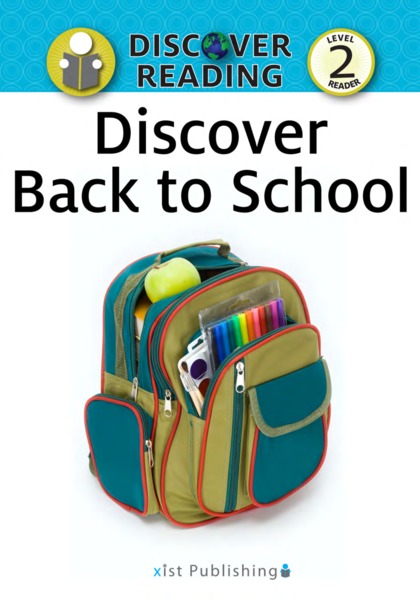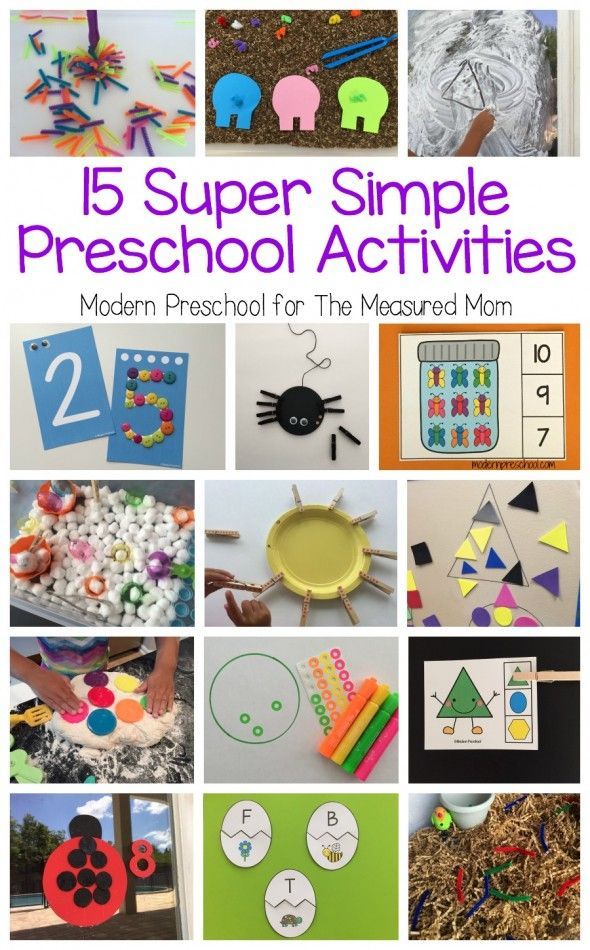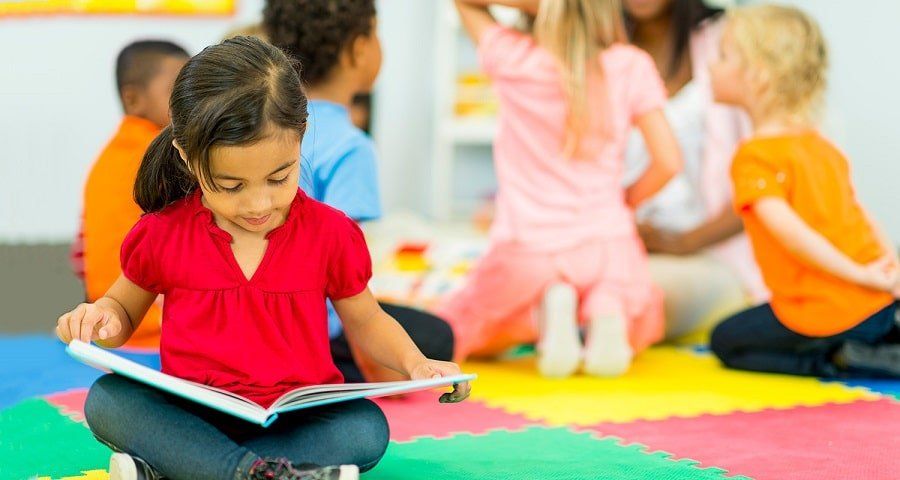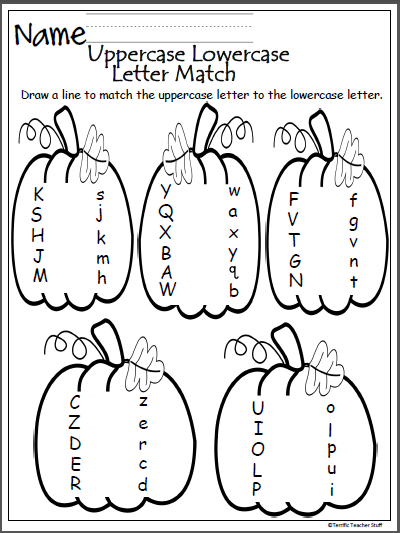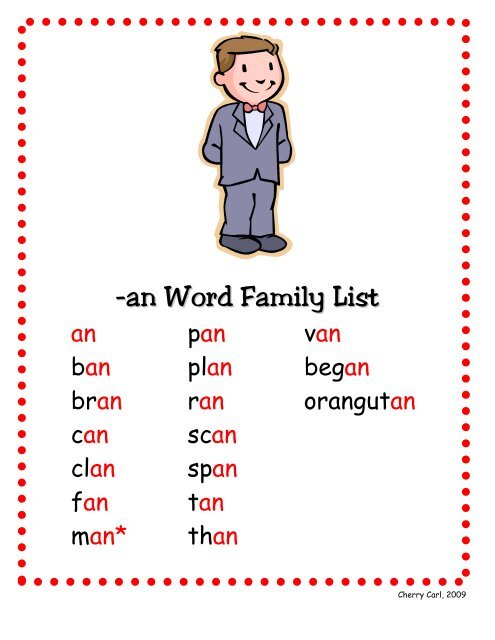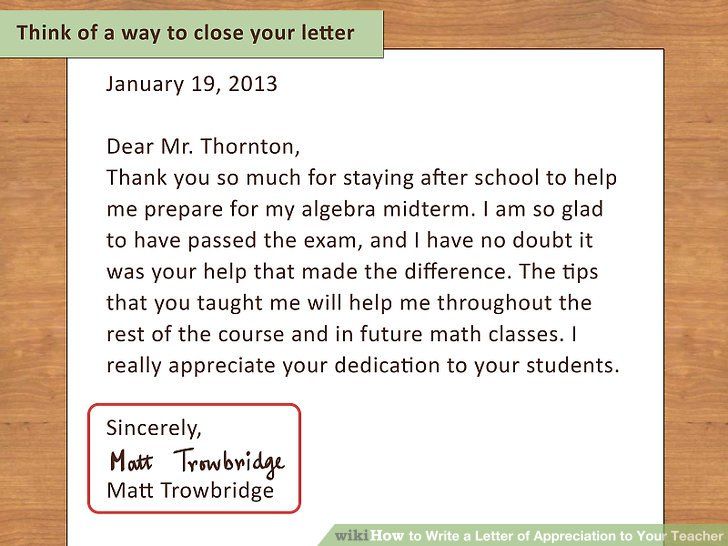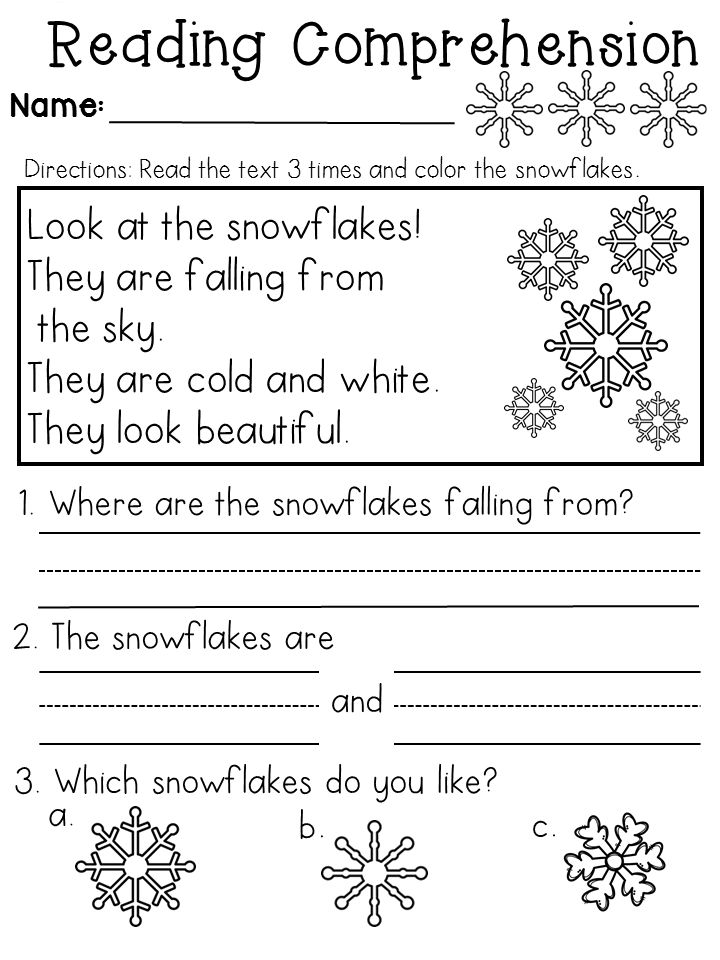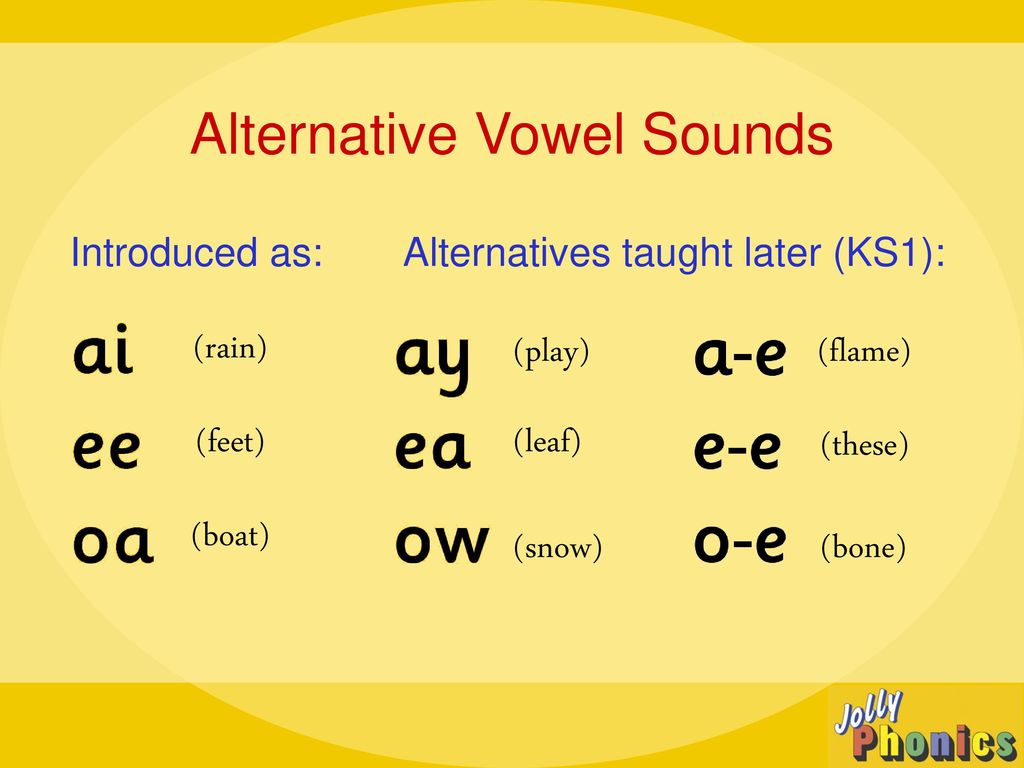Kids books reading levels
|
Click on Shop Hoagies' Page before you visit your favorite on-line stores including Amazon and many more of your favorite stores. Thanks for making Hoagies' Gifted community possible!
Donations Support Hoagies' Page!
|
by Carolyn K., director, Hoagies' Gifted Education Page
"Where can I get information that would tell me the generally accepted
'grade level' for commonly-read elementary school books?" This question is
often asked, and the answers can be confusing. The easiest way to find the reading level of a children's paperback book is to turn it over. Many books include the reading level, in various forms. Some books might say RL3 for reading level 3, or RL:5.9 for reading level 5.9. Less specific designations might say 007-009 for ages 7 to 9, or 0812 for ages 8 to 12. These publishers designations are confusing, particularly when you pick up one copy of a Roald Dahl book in the bookstore and see it designated as 0812, and pick up another version of the very same book and see it designated as 0712. And reading levels are generally only printed on the paperback versions of books. Some educational publishers suggested reading levels are notoriously high
(reading level indicated is higher than content, vocabulary and length would
indicate, or even higher than the same book in mass market publication), but you must
also consider the use of the book: in school, the students not only read the
books, but study content, discuss grammar and style, plot construction, and lots
of other aspects of the book. Details on a few of the most popular means for determining "reading level":
While you're checking out reading levels, check out Hoagies' Page Reading Lists and Hoagies' Hot Topics! , a different sort of reading list, by topic first, and reading level second - you'll love it! Rigby provides a
Leveling
Guide and
Comparison Leveling Chart (requires Adobe Reader). Many schools use the Accelerated Reader Program (A.R.) from Renaissance Learning. Even if your school doesn't use the program, you can find their estimate of the reading level of many of the books in their program. By using their Advanced Search, you can find their estimate of the grade level of books, by title, by author, or by Accelerated Reader quiz number. Renaissance Learning also offer STAR Reading software, which tests the child's reading level in 15 minutes by requiring student to complete "cloze" sentences. Renaissance
Learning developed the ATOS (Advantage-TASA Open Standard) Readability Formula
for Books, that the A.R. program uses to evaluate books. For much more,
read The ATOS Readabiltiy
Formula for Books and How it Compares to Other Formulas. Note: A.R. reading levels have been recently changed; many books, both easier and harder, now appear around grade level 4 and 5, from Amelia Bedelia to Harry Potter to Charlie and the Chocolate Factory to the Redwall series; the points awarded for the book vary dramatically based on length and difficulty. For a list of A.R. books for grades K-12, visit the AR BookFinder. For more on the controversy of AR programs, read Does Accelerated Reader Work? The (Lack of ) Experimental Evidence Supporting the Use of Accelerated Reader by Stephen D Krashen. Krashen points out...
Some school libraries use the Fry Readability Graph, now available from from Wikipedia, to determine age level for their books. For a free online version, visit California State University's Online Fry Graph tool. The Fry Readability Graph site includes instructions; basically you pick a
random 100-word section of prose (not dialogue) from the book, and count the
words. Take that 100-word section and count the number of sentences (using
approximations for incomplete sentences, for instance if the sentence had 10
words, and you could only include the first 5 in your 100 words, then add .5
sentences to your total). Take the same 100-word section and count the number of
syllables therein. While this sounds quite accurate, it doesn't account at all for content - some of the titles may be rated quite low, but contain details (horror, adolescent content) that you definitely don't want your 7-9 year old reading. Note, too, that the Fry scale wasn't intended for, and doesn't work well on fiction, rating fictional works notoriously low. Fry was originally designed to rate texts and nonfiction works. If you use the scale to rate magazine and newspaper articles it is remarkably accurate. There are other readability scales. The Dale-Chall and Spache readability
tests look primarily at vocabulary. They compare the text to a list of standard
vocabulary words and calculate the percentage of words that are not on that list
to determine readability. Using these scales, a text with fairly simple to
decode but uncommon words might give a false high readability. The FOG Readability Formula, and Fry and Flesch also count sentence length and syllables. Short complex sentences with unusual short words would not boost readability. There is also the DRP scale (Degrees of Reading Power) which attempts to figure readability and comprehendability. This is important because it is possible to write in way that uses common, short words in short sentences but still produces text that is difficult to read. "With his hat in hand, the man ran. Upon the step he lit." Easy to "read", more difficult to understand. Another reading
level scale is the Lexile Level.
Using the "Search" function on this site, you can determine the Lexile
level for various books. Lexile Measure is a number
indicating the reading demand of the text in terms of the semantic difficulty
(vocabulary) and syntactic complexity (sentence length). The Lexile scale
ranges from 200 to 1700 Lexiles, although actual Lexile measures can range from
below zero to above 2000 Lexiles. The SMOG (also called FOG) Readability Formula can be easily calculated for any book:
For a quick conversion table for SMOG Readability Formula, and additional
rules for calculating the SMOG for shorter texts, including pamphlets, visit
Assessing Reading Level. To further confuse the issue of reading levels, when my child was professionally tested her oral reading level was reported at grade level 4.6, but her comprehension (after silent reading) was at grade level 6.6. Seems that she can't pronounce the words, but understands them and/or figures out their meaning from context. This has happened in other school-based reading achievement tests she has taken. Professionals may tell you this is impossible, but her comprehension in silent reading is grades higher than she can read out loud! Probably the easiest ways to determine if a book is at an appropriate reading
level for your child is the 'five finger rule.' Have the child begin reading a
chapter, and put down one finger each time he struggles with a word. If he
reaches the end of the page before you get to five fingers, the book is written
at a comfortable level for independent reading. That's what I like - an easy to use method that is hard to forget. Schonell Reading Test On-line reading level test, complete with instructions for the tester. But be aware that this tests only the level of words that your child can sound out, not his or her comprehension level. Some schools use the Basic Reading Inventory, previously known as the Jerry L. Johns Reading Inventory to evaluate a student's reading level. This is an informal evaluation, based on the child's responses to short interesting reading passages at each grade level.
Fountas
& Pinnell Benchmark Assessment System (BAS) /
The Continuum of
Literacy Learning Schools may choose to subscribe to the F&P Text Level Gradient containing 46,282 books submitted by over 300 publishers. Learn more at Fountas & Pinnell Leveled Books. The Reading
Recovery Council of North America Reading Recovery is a highly effective
short-term intervention of one-on-one tutoring for low-achieving first graders.
Reading recovery levels apply only to emergent and beginning readers. Developmental Reading Assessment (DRA) levels are determined by giving a K-8 assessment (Pearson). Determines independent reading level and instructional path...
Qualitative Reading Inventory - 4, 4th Edition is a book-based teacher-given assessment of reading level, for students from K through high school. "Comprehensive inventory focuses assessment on specific questions regarding word identification, fluency, and comprehension..."
Flesch-Kincaid Index of a text passage results in a Literacy Level (LL) score. Flesch-Kincaid is a specific numeric calculation:
Edit
Central's Style & Diction evaluation offers six of the most common measures
for a passage of text that you type (or cut-and-paste) in, including Flesch
reading ease, Automated readability, Flesch-Kincaid grade-level, and
Coleman-Liau, Gunning and FOG indices. Enough already! No wonder we're all confused about reading levels!
|
How To Identify Your Children's Reading Levels + Which Books to Read
Want to know how to get your kids excited about reading? It starts with choosing appropriate books for their level. Here’s what you need to know about how to identify reading levels for kids!
How to Identify a Child’s Reading Level & Which Books Are Best for Each Reading LevelAre you looking for someone to explain reading levels in plain English?
Like, how you identify your child’s reading level and what they mean from the schools?
Some systems grade with numbers, while others are letters and scores.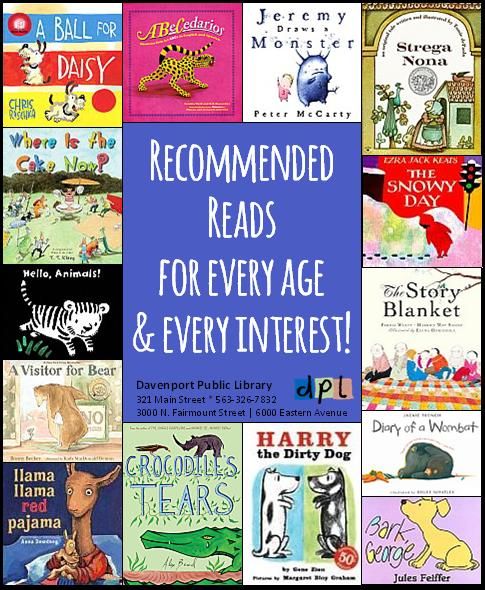 It’s no wonder it’s confusing.
It’s no wonder it’s confusing.
I struggled with this too. I wanted to get my kids books that they could easily read but I didn’t understand what the levels meant and how to choose a book based on those. After lots of research and trial and error, I’ve finally cracked the code(s).
I’m here to answer all your questions so you can feel confident in understanding your child’s reading abilities and can continue to help them grow as readers.
By the time you are done reading this you will understand:
- What leveled reading is and why it’s used
- The 4 major reading level systems
- How you can identify your children’s reading levels
- What level your child should be at based on their age and grade
- And how to help them choose an appropriately leveled book that nurtures their love of reading
Let’s demystify these systems and help you gain confidence in helping your child improve their reading skills.
What is leveled reading and why is it used?
Reading is a skill that is developed over time.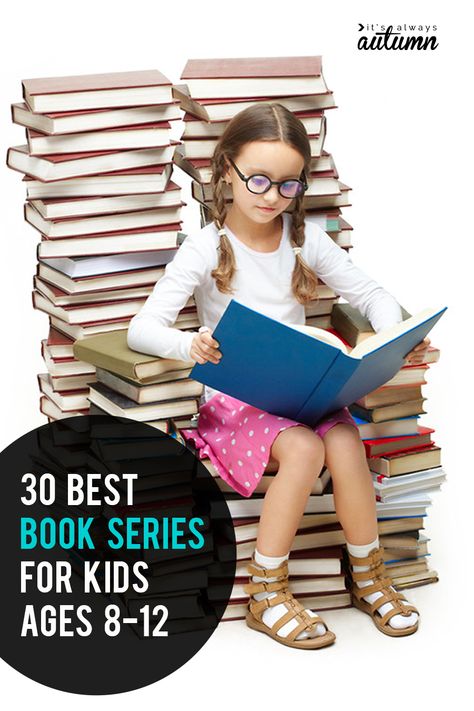 As your child is learning to read they need reading material that they can decode to help gain confidence in their reading skills.
As your child is learning to read they need reading material that they can decode to help gain confidence in their reading skills.
This is where leveled reading comes into play. Leveled reading breaks down how difficult a particular book is and where a child’s reading ability is. This way they are given books and individualized reading instruction that help them become better readers.
While reading levels can indicate if a child is below grade level, on grade level, or above grade level, the most important job these levels provide is to help a teacher develop a good strategy and plan to improve that child’s reading skills.
I think the biggest takeaway is that your child’s reading level does not determine their intelligence or even how successful they will be in school. Instead, reading levels help teachers and homeschooling parents determine the best strategies to help your child succeed.
How to Identify Your Children’s Reading Levels
Most children who attend school sit down one on one with their teacher multiple times a year so that the teacher can identify your child’s reading level. The teacher has the child read books from gradually increasing reading levels.
The teacher has the child read books from gradually increasing reading levels.
While the child is reading, the teacher takes into account how fluently and accurately the child reads, as well as their comprehension level.
To put it another way:
- Fluency means the child reads the text without many mistakes and can read it fluidly.
- Comprehension is how much the child is understanding from what they are reading.
A child who reads a book very fluently, without mistakes, can still not truly grasp what that book was about.
That lack of comprehension means that the book contains ideas, sentence structure, or vocabulary that is too difficult for them to understand and decipher. They would do better and enjoy reading more at a lower reading level.
How can you identify your child’s reading level at home?
Some websites advise parents to do an unofficial reading level assessment at home by making a running record. But I don’t think a running record is necessary at home. It’s overly complicated to just get an idea of your child’s reading skills.
A running record is basically making a copy of the page that your child is going to read and mark down anywhere your child makes a mistake. A teacher would use this to identify particular reading struggles to give them a more complete picture of the child’s reading abilities.
Instead, what I suggest is choosing a variety of books that hover right around their level. Choose books that are slightly below what you perceive your child’s reading level to be. Also, pick out books on their level as well as one or two steps above their reading level. This way they have material they can easily master as well as books that will challenge them.
I found this really great list at Scholastic that outlines books based on Guided Reading Levels (I’ll get more in-depth about the different reading level systems in just a minute).
Here is a list of my favorite books to use to gauge and practice reading levels at home:
- A-C – Bob Beginner Books 1 (you can’t beat them),
- D-F – David Board Books (Level D), Go, Dog, Go (Level E and a classic we all may remember from our own childhood), Pete the Cat: Too Cool for School (Level F)
- G-I – Biscuit book series (Level G), Big Shark, Little Shark (Level I), Elephant & Piggie series by Mo Willems
- J-M – Fly Guy series (level J), Pinkalicious Series (level K), The Book with No Pictures (level L), The Day the Crayons Quit (level M)
- N-P – Stellaluna (level N), Nancy Clancy series (level O), Horton Hears a Who! (Level P)
- R-S – Shiloh (Level R), Matilda (Level S)
- T-V – How to Train your Dragon (Level T), Bud, Not Buddy (Level U), Holes (Level V)
- W-Y – Walk Two Moons (Level W), The Little Prince (Guided Level X), Echo (Level Y)
In the Bob Books, your child should read a couple of the books as they progressively get more challenging.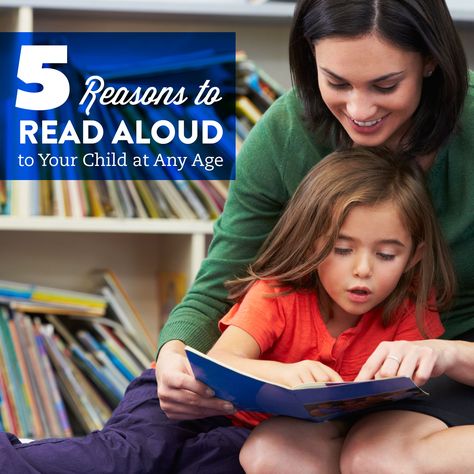 In other early reader short books, your child can either read the entire book or read a few pages.
In other early reader short books, your child can either read the entire book or read a few pages.
For longer books, one page is usually enough to get an idea if your child is mastering fluency and comprehension.
To gauge fluency, keep a simple tally count of mistakes as they are reading and notice if they are able to read with inflection and emotion. I keep track of mistakes by putting a clipboard on my lap under the table and making a small dot for each mistake. I make sure to do this completely out of the view of my child. The reason is simple: I don’t want them shutting down or losing the joy of reading simply because they see me marking mistakes.
Remember, the goal is to build a love for reading!
To evaluate their comprehension, you should pre-read the selection you are giving your child and have some ideas of a few questions you can ask them once they finish reading the selection.
When they get to a point that they are challenged but still comprehending with good fluency, you have found their approximate reading level.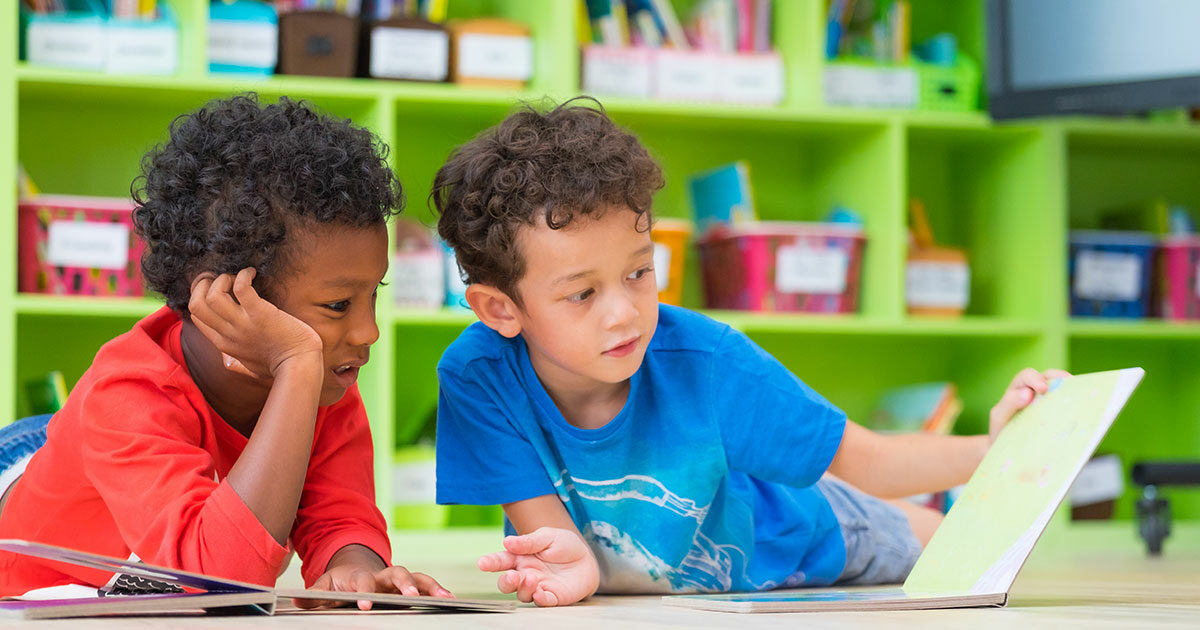
At home, they should have access to books that are one or two levels below their reading level. This builds confidence for budding readers.
The 4 Major Reading Level Systems
As if this whole reading level thing wasn’t confusing enough, there isn’t just one reading level system. In fact, there are 4 major reading level systems, which different school districts use.
The 4 major reading level systems are guided reading level, accelerated reader, developmental reading assessment, and Lexile measurement levels.
Let’s break these different systems down so you can understand the one that your child’s school uses, or one that you may want to adopt to track your child’s progress.
Guided Level ReadingThis is the system that I used to make the list of books for you to do your home reading assessment above.
It is also one of the most popular systems through school districts. So it only makes sense to go over it first.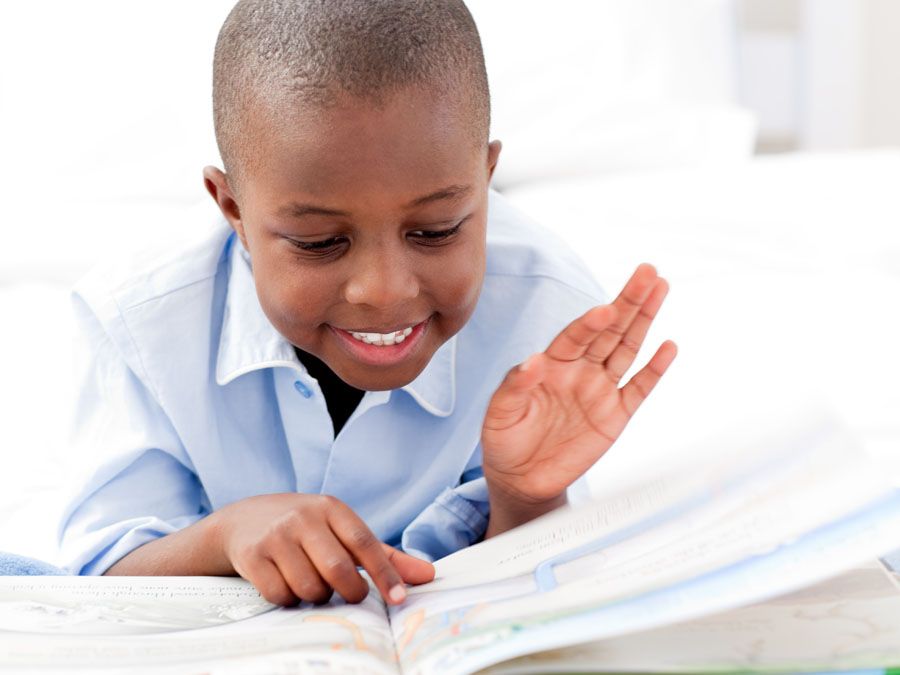
Guided Level Reading was developed by Irene Fountas and Gay Su Pinnell. It uses an alphabet system of dividing books into appropriate levels. Level A are the easiest books and they get progressively more challenging until you reach the most difficult books at Level Z.
For each grade level, there are multiple different reading levels so that as your child progresses they can get gradually more challenging books.
Children are tested on level by reading a benchmark book. That means a book that they have never read before is what you can use to determine their fluency and comprehension. The list of books I gave you above would be examples of benchmark books.
This system is popular because it gives a clear vision of where the child is with their reading skills but it isn’t as obvious to the child whether they are ahead, behind or on target with their peers. So it can be better for the child’s confidence and can reduce bullying or comparison.
This is by far my favorite system because once you know what letters correspond to which grade, it is very easy to understand.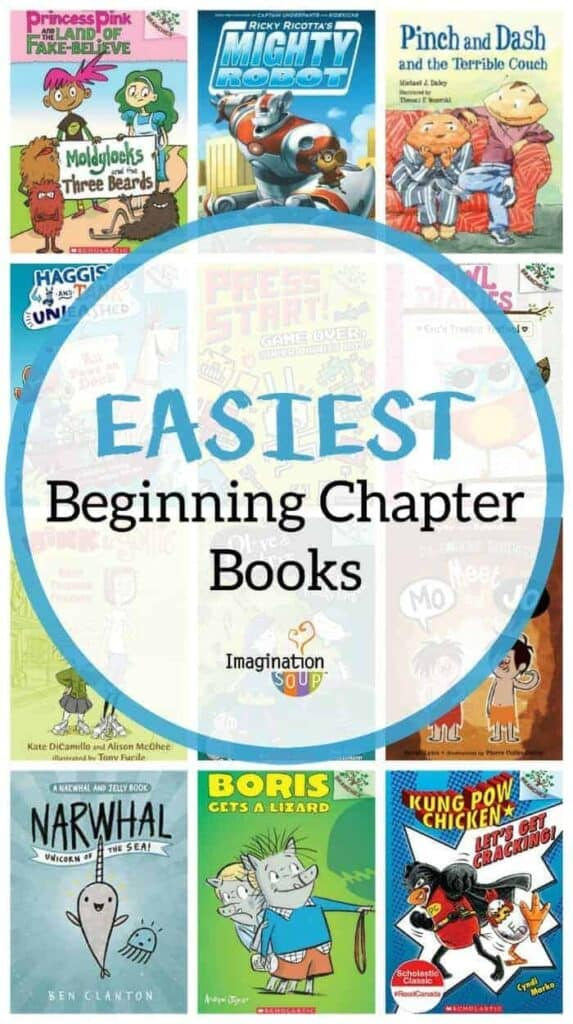
Accelerated Reader
Accelerated reader is the system I remember from childhood. Books are based on grade level with a decimal system giving each grade a scale of 10. So what does that look like?
A book could be leveled at 1.8 meaning it’s a first grade level book but the difficulty is moving towards a second grade level book. The biggest difference between Accelerated Reader system versus the other systems is that it has a computer program that quizzes children on the books they read.
This can be problematic for children struggling with reading. Quizzes can cause anxiety even in young children, and cause a negative association with reading.
For that reason, I am not the biggest fan of this particular system, but it is still very popular in the school system.
Developmental Reading Assessment
This system also starts by testing a child by reading a benchmark book. Remember, a benchmark book is a book that helps test your child’s fluency and comprehension.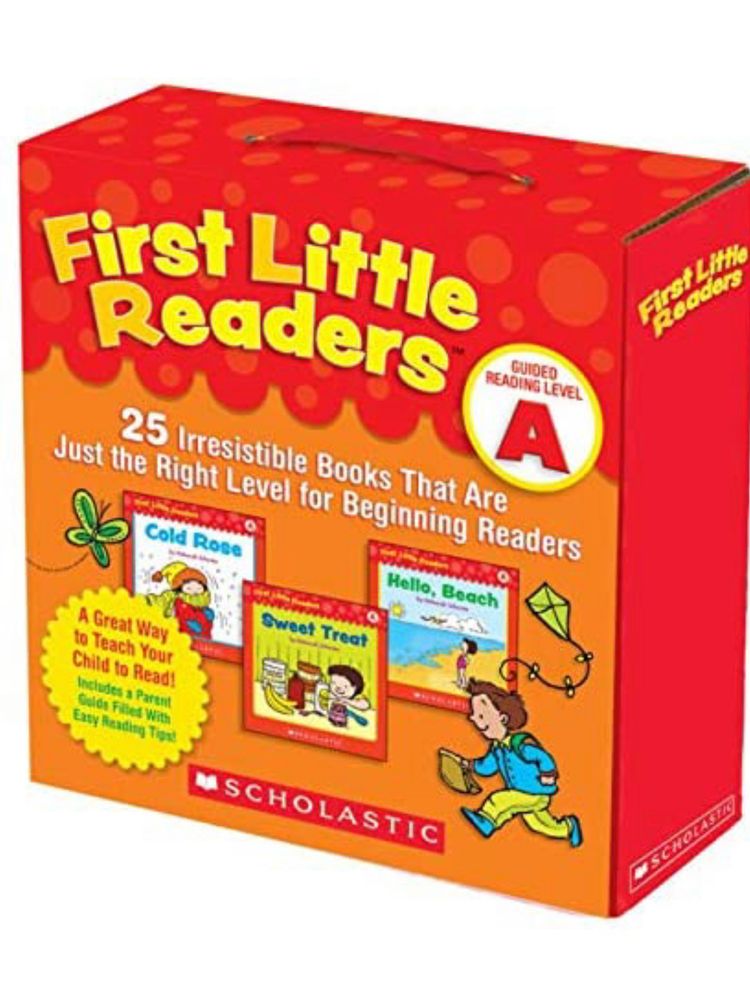
Developmental Reading Assessment (also called DRA) is a system of leveled books and tests created by Pearson (one of the most popular textbook and educational tools in the US).
I think this system is a little more confusing because it starts with a reading level labeled level A then immediately switches to numbers. So very beginning readers start with leveled A, then it switches to levels 1-80 with 80 being the most difficult.
This is also a very popular choice with school districts, so you may be used to seeing this.
This system ranks books and reading materials based on readability and how difficult it is to read them.
Lexile Measurement Levels
If your child’s reading levels look something like “200L”, then they are using the Lexile Measures system.
This system does not start with a benchmark book but with a standardized test. This system ranks books and reading materials based on readability and how difficult it is to read them.
Levels for the Lexile Measuring system start with BR for beginner readers and then transition into a number like 700L for more advanced readers. Let’s be honest…this makes this system a little more confusing for us parents.
This is a less popular option for schools, but a few do use it. So I want to cover it in case you fall in this group.
What Levels Should Your Child be Reading Based on Grade?
Overall, reading levels are supposed to help with small reading groups and interventions if necessary. They also help a teacher to develop tailored instruction based on each child’s reading level.
How do you know if your child is reading on grade level based on their reading level?
I am going to break this down by grade and I am going to cover all 4 reading level systems: guided reading level (GRL), accelerated reader (AR), developmental reading assessment (DRA), and Lexile measurement levels (Lexile).
Then you can compare your child’s reading level with the reading levels for their grade to get a better understanding of where your child is with learning to read.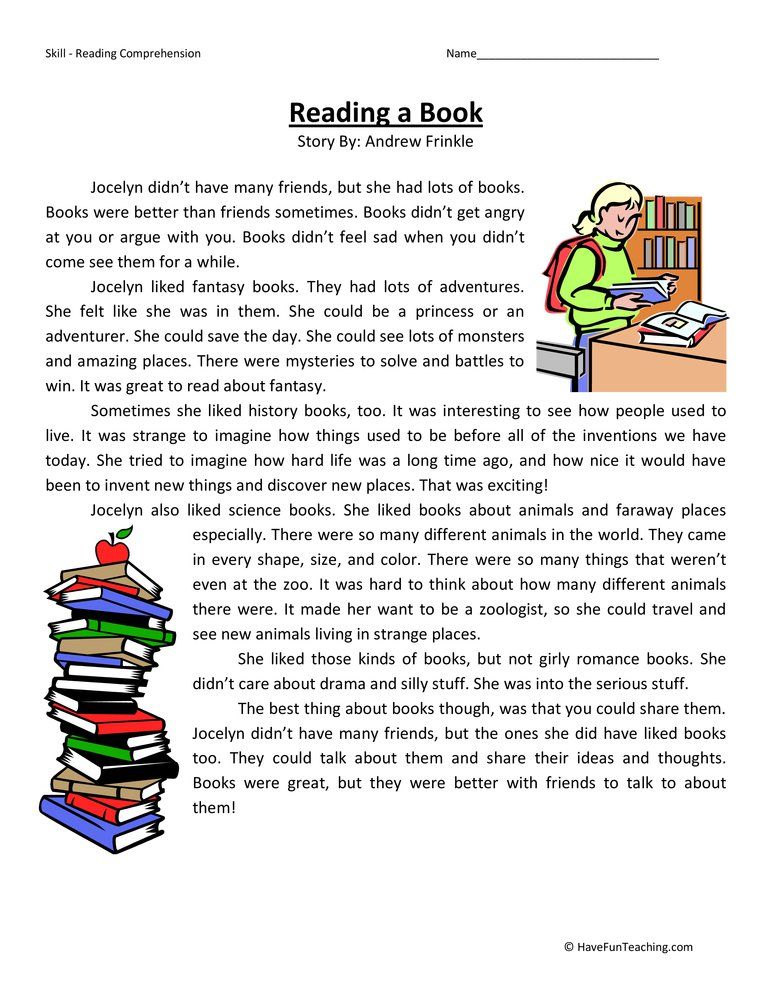
You can also notice that for all the reading level systems, except for accelerated reader, reading levels overlap between grades. So, for example, GRL reading level S could be for fourth grade or fifth grade.
Remember, your child may fall outside of these boundaries – they are just general guidelines.
Kindergarten Reading Levels
- GRL: A-C
- AR: 0.1-0.9
- DRA: A-4
- Lexile: BR40l-230L
- GRL: C-I
- AR: 1.0-1.9
- DRA: 4-16
- Lexile: BR
- GRL: I-M
- AR: 2.0-2.9
- DRA: 16-24
- Lexile: 107L-1080L
- GRL: M-P
- AR: 3.0-3.9
- DRA: 24-38
- Lexile: 415L-760L
- GRL: P-S
- AR: 4.0-4.9
- DRA: 38-40
- Lexile: 635L-950L
- GRL: S-V
- AR: 5.
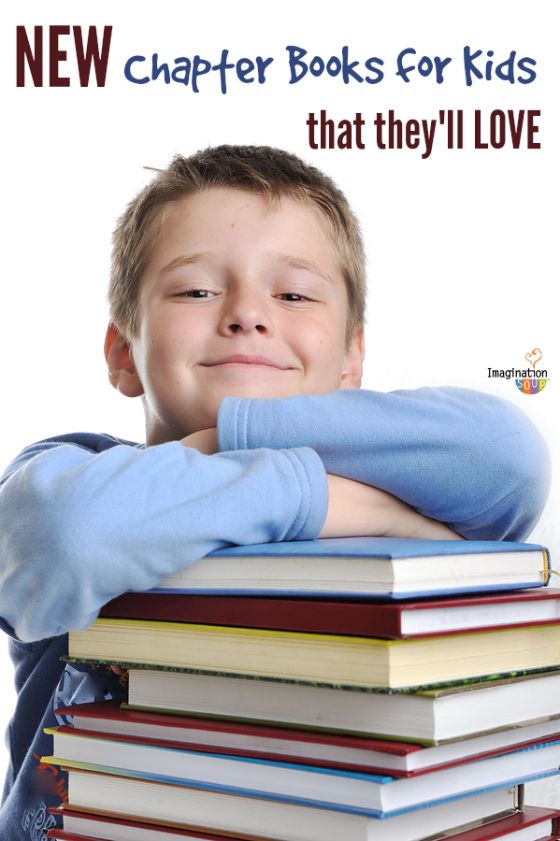 0-5.9
0-5.9 - DRA: 40-50
- Lexile: 770L-1080L
- GRL: V-Y
- AR: 6.0-6.9
- DRA: 50-60
- Lexile: 855L-1165L
What to do if Your Child is Reading Below Their Grade Level
If you are told your child is reading below grade level, it can be a gut punch. So what do you if your child is reading below grade level?
First, don’t panic. Children develop their reading skills at different stages, some children are early readers and some children take a little longer to get there. Just like some children walk early and some children walk late.
Next, just continue encouraging reading at home by reading books together and discussing what you’re reading. You can also continue to provide them reading materials they can comfortably read and enjoy.
Positivity and encouragement, along with shared reading time will go a long way!
How to Help Your Child Choose a Book to Read
So now that you know what your child’s reading level is and what that means, how can you help your child choose a book to read?
The number one factor in helping your child choose a book is to pick something they are interested in, even if it is above or below their level.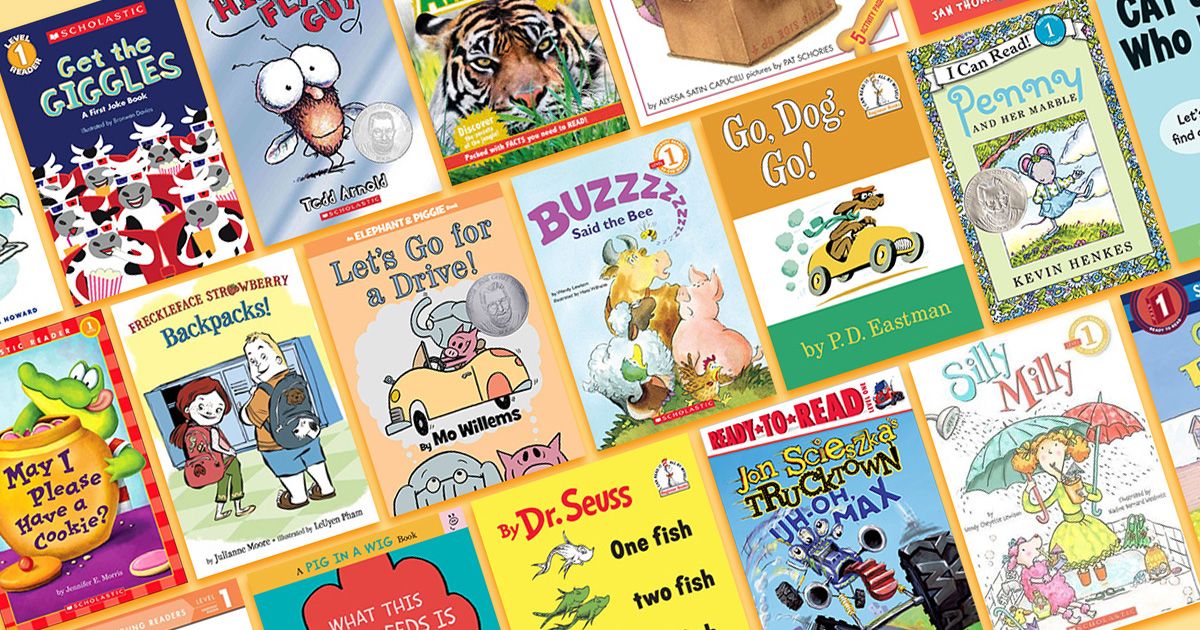
You want to foster a love for reading because it’s enjoyable. With time and practice, the skills will come! Of course, if you are truly concerned, speaking with your child’s teacher to come up with a game plan may be helpful as well.
The Takeaway
At this point, I hope you feel more confident in understanding the different reading level systems and how they are used to help your child to become a better reader.
Remember, your child’s score is not an indicator of how successful they will be and all children develop reading skills at different ages.
Just continue to nurture a love for reading with your child by providing them books they are interested in and spending time reading to them and with them. You’ve got this!
More Resources On Positive Parenting & Screen Free Kids:
- Safety Tips for Kids: Books to Reinforce Safety Rules for Kids
- Pros and Cons of Homeschooling: Weighing School Options
- 10 Ways to Limit Screentime and Raise Unplugged Kids
- Creating Screentime Rules for Summer (Free Printable)
- 10 Screen-Free Alternatives Before Bedtime
- Printable Screen time Rules Checklist for Kids (PDF)
The benefits of reading books for children or how to cultivate curiosity
A wide variety of gadgets, computer games, audio books gradually turns reading as such into an "uninteresting" activity for the younger generation.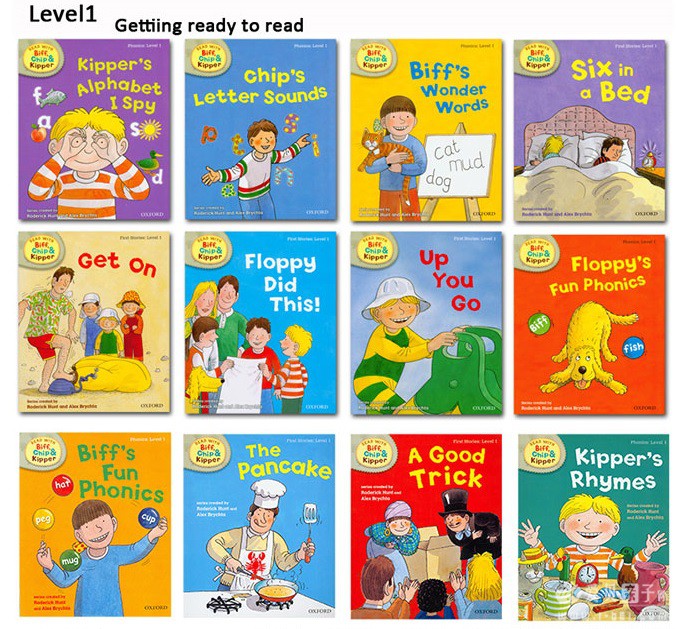 Instead of fiction, parents buy game consoles for their children, allow them to watch uncontrolled television programs that inhibit brain development. It is much easier to get information from short messages, provided with a mass of visual accompaniment.
Instead of fiction, parents buy game consoles for their children, allow them to watch uncontrolled television programs that inhibit brain development. It is much easier to get information from short messages, provided with a mass of visual accompaniment.
By the way, according to the Public Opinion Foundation, Russia has long ceased to be the most reading country, and 44% of citizens have never opened a book in a year. This is understandable - babies are now practically born in hands with a touchscreen phone, and adults are gradually switching to a passive perception of information from electronic devices.
Why do children need to read?
Meanwhile, scientists have proven that reading for 6 minutes reduces stress levels by more than 2 times. Listening to soothing music and walking are only in second and third place in relieving stress.
Researchers in the UK claim that reading is as beneficial to the body as fitness is to the muscles, because during this process a person exercises the entire brain.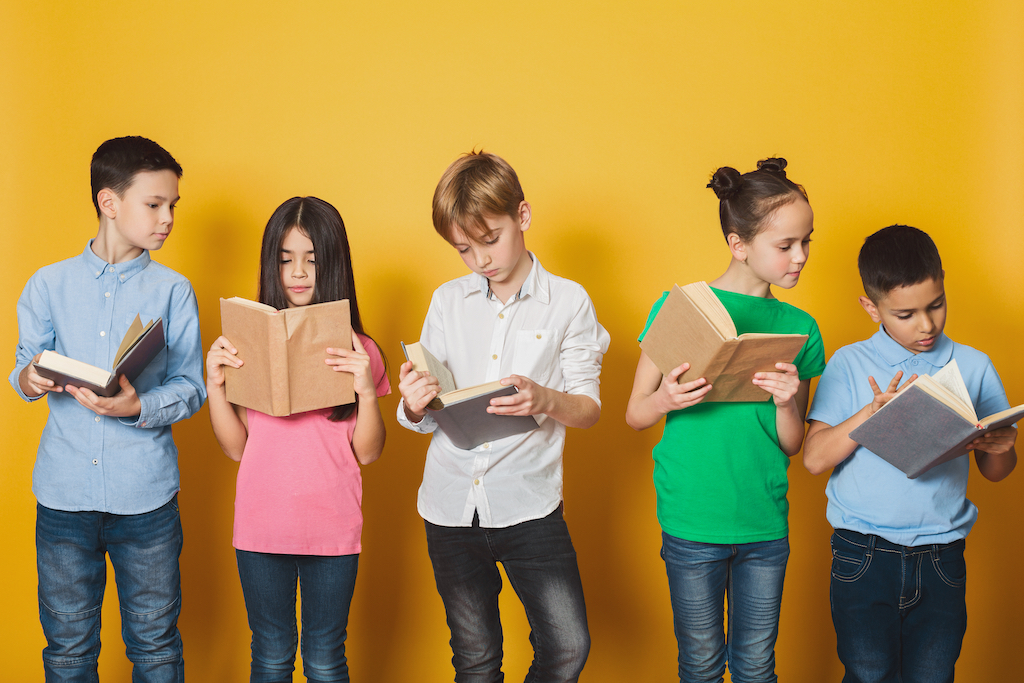
There are completely different processes in the gray matter if you read for pleasure and if you are trying to learn information, for example, to pass an exam. Scientists conducted research and found that at the moment of transition from ordinary reading to the desire to memorize the text in detail, active blood circulation begins in the head and the type of nervous activity completely changes. Blood reaches those areas of the brain that are responsible for cognition and concentration. Any kind of neurological load is good for the brain, it activates blood circulation, improves tissue nutrition.
What is the main benefit of reading?
The benefits of books for children are beyond doubt. Children love to be read to. It is from the parents that the baby hears the first poems and fairy tales, and if the parents do not ignore reading even the smallest, then with a very high probability the book will soon become the child's best friend. Why? Because the book :
- expands the child's understanding of the world
- introduces everything that surrounds the child: nature, objects, etc.
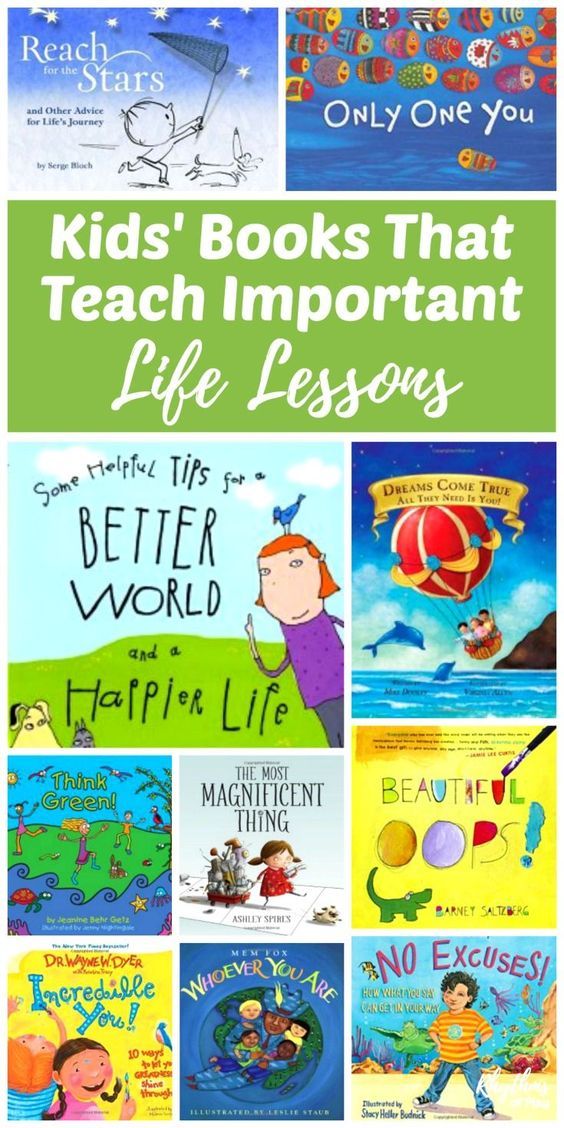
- influences the formation of preferences and reading tastes of the child
- develops thinking - both logical and figurative
- expands vocabulary, memory, imagination and fantasy
- teaches how to write sentences correctly.
Children to whom parents read aloud regularly begin to understand the structure of a literary work (where the beginning, how the plot unfolds, where the end comes). Through reading, the child learns to listen - and this is important. Getting acquainted with books, the child learns his native language better.
Children usually look forward to being read to by their parents. Reading aloud is of great importance for those children who can already read the book themselves. Family reading is a guarantee of well-being, a way of communication between parents and children, a method of education and good leisure. That is why mom and dad should always have time to read to children.
Psychologists believe that children to whom parents read books are emotionally balanced and self-confident.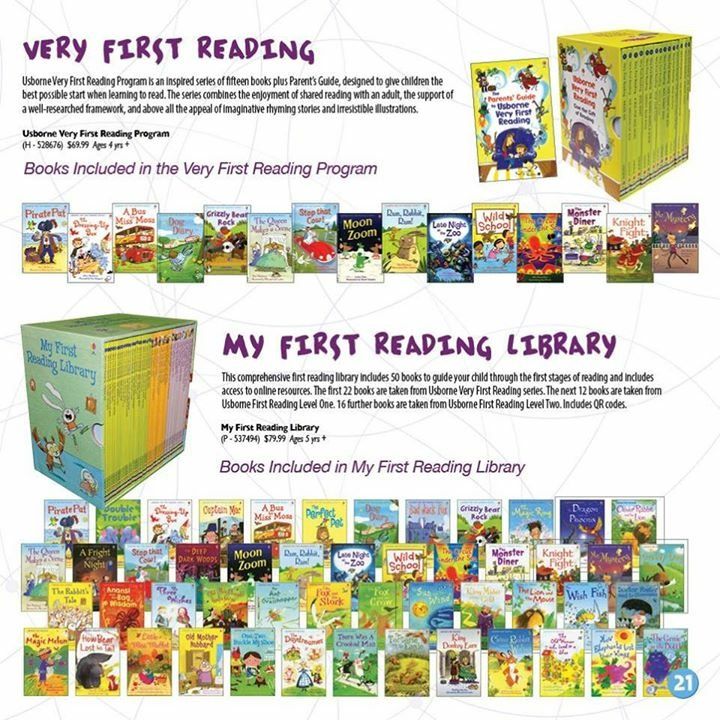
Here's what happens when we read together:
- Children who are often read to feel close, protected, safe. Such children are much more comfortable to live than those who are deprived of the joy of reading.
- While reading together, children form a moral attitude towards the world. The heroes of the books do a variety of things, get into false situations, make decisions - all this the child can discuss with the parent, while forming an understanding of good and evil, friendship and betrayal, sympathy, duty, honor.
- With active listening, the child vividly imagines what is being narrated and experiences. At these moments, he develops emotionally and, often identifying himself with the main character, overcomes his own fears.
- When listening to a literary work, the child inherits a variety of behaviors through the book: for example, how to become a good friend, how to achieve a goal, or how to resolve a conflict. The role of parents here is to help compare situations from a fairy tale with situations that can happen in real life.
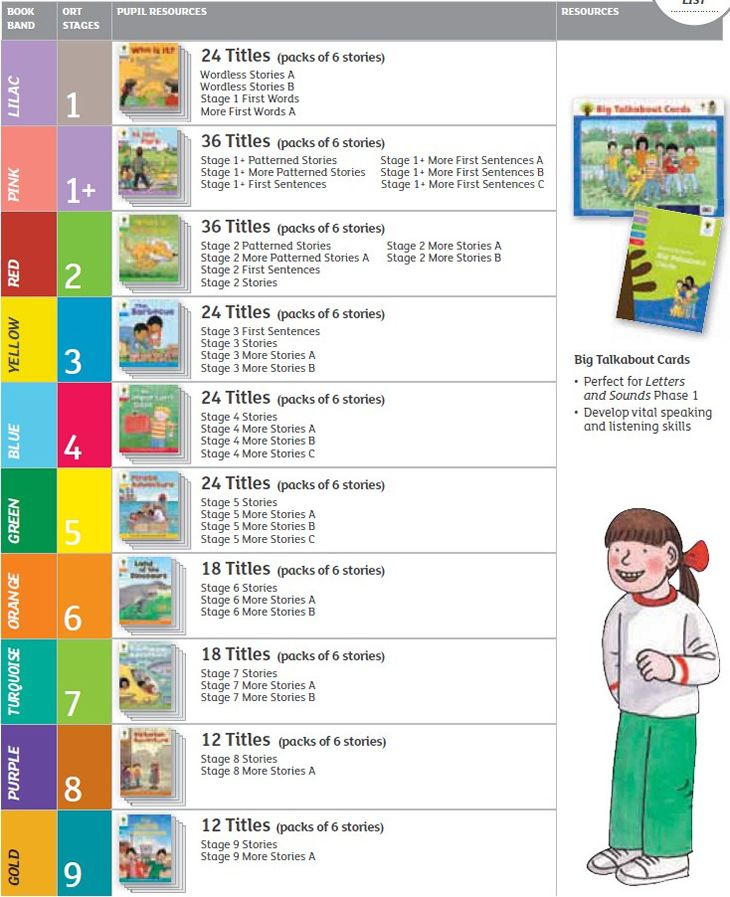
The book is the key to child development
The benefits of reading books for children are very great. Early childhood and the preschool period is a time that must not be missed in order to lay the most valuable qualities in a child, because it is at this time that the inner world of the child is formed. And here a book is a good helper, which helps to shape the worldview of the child, his morality, values, and the general level of culture.
From the first books, the little ones learn about the rules of politeness and the basics of health, as well as the simplest rules of life. Toddlers are often read short folklore works, unpretentious poems, in which folk wisdom is presented in forms accessible to crumbs.
Instilling a love of reading in AMAKids
AMAKids Intelligence Development Academy pays special attention to reading and has developed a whole methodology to increase reading speed. The technique is called Liberica. After completing the Liberica course, you will be able to read books at lightning speed and work with large amounts of information at the same speed.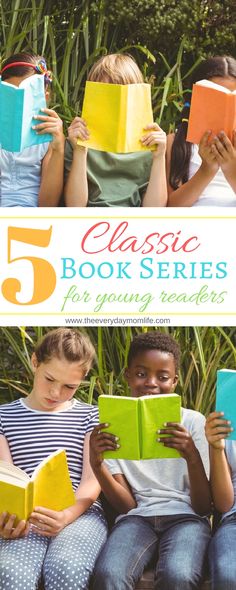 This is a practical skill, acquiring it, the reading speed increases by 5 or more times relative to the starting readings after completing the main course of Liberica. And 10 times or more when fully exploring Liberica and Liberica+. AMAKids students perceive reading as an interesting process and easily immerse themselves in the material. Reading becomes more fun, children read with pleasure.
This is a practical skill, acquiring it, the reading speed increases by 5 or more times relative to the starting readings after completing the main course of Liberica. And 10 times or more when fully exploring Liberica and Liberica+. AMAKids students perceive reading as an interesting process and easily immerse themselves in the material. Reading becomes more fun, children read with pleasure.
After completing the course of Liberica, children not only increase their reading speed, but also improve the assimilation of the information they read. When reading, we kind of immerse ourselves in the book, visualize the plot, imagine ourselves as a participant in dramatic actions. At this moment, those parts of the gray matter begin to work, which, in the absence of such a load, usually sleep. Neither computer games nor watching TV shows have a similar effect.
So read books and instill a love of reading in your children from an early age with the Liberic Method. No wonder they say that there are two categories of people: those who read books and those who listen to those who read.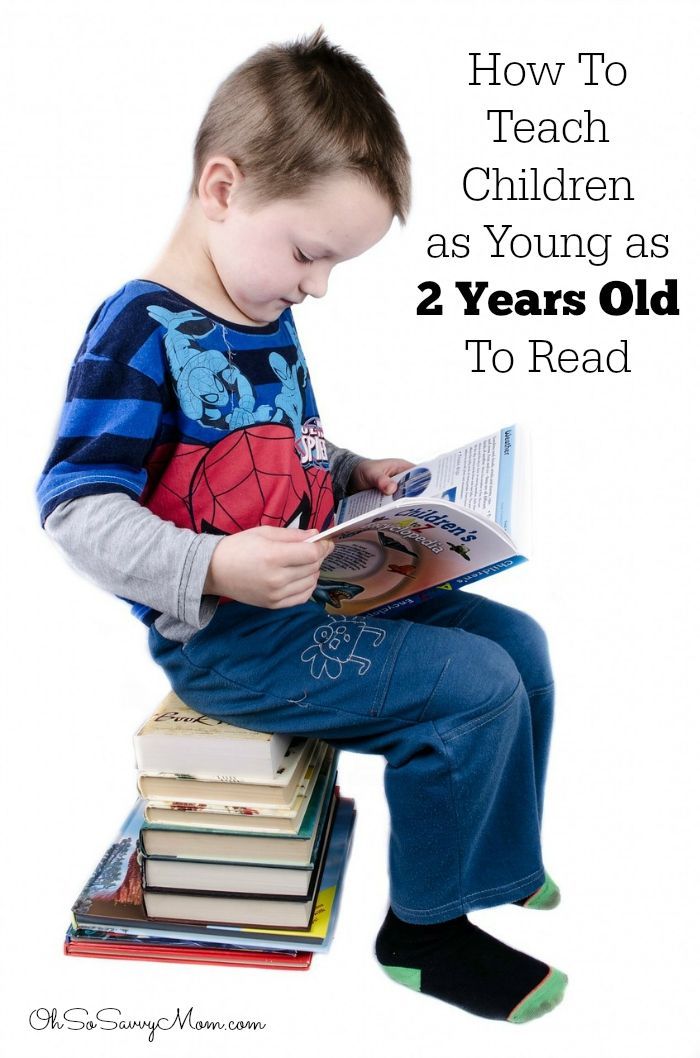

 And some mass market publication reading
levels (on the back cover of paperbacks) are notoriously low; the reading level
indicated is appropriate for the vocabulary and length, but the content is far
more mature.
And some mass market publication reading
levels (on the back cover of paperbacks) are notoriously low; the reading level
indicated is appropriate for the vocabulary and length, but the content is far
more mature.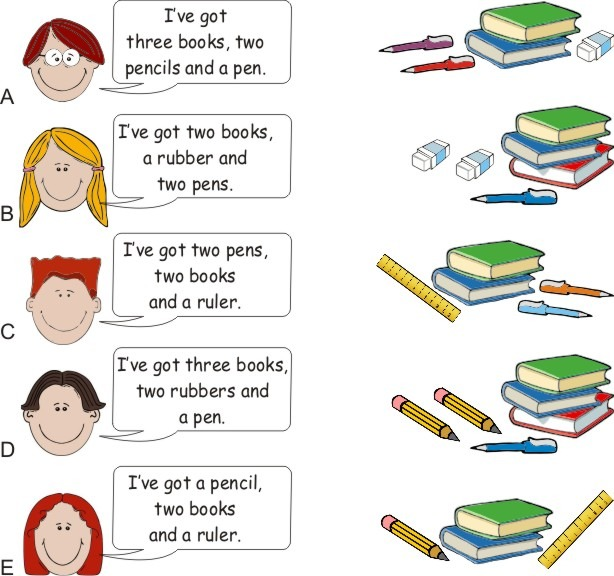 ..
..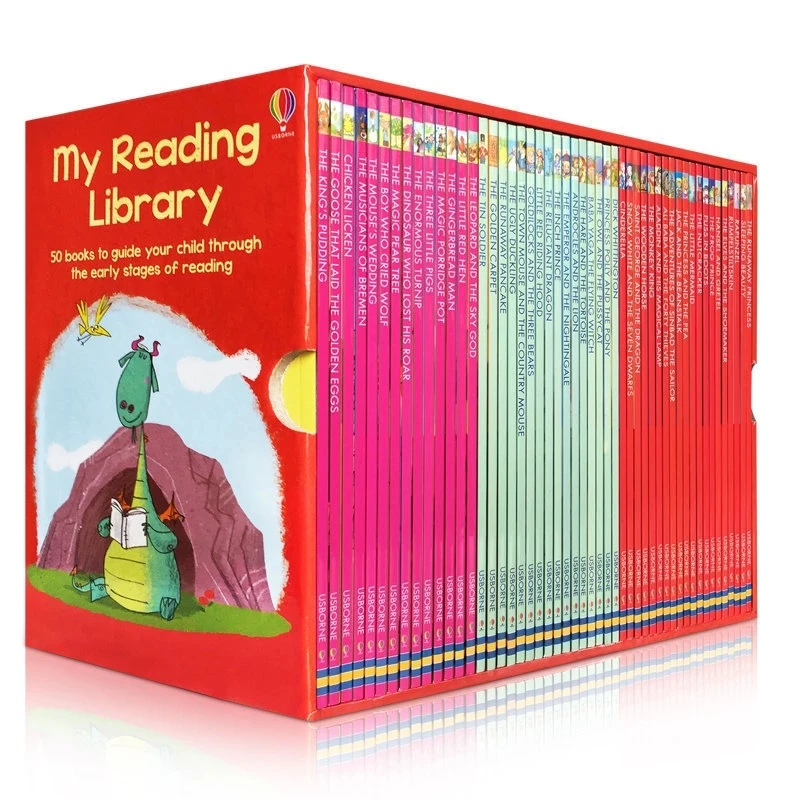 This
guide and table compare various professionally used
reading levels to grade and category (emergent, early, early fluent, etc.)
levels.
This
guide and table compare various professionally used
reading levels to grade and category (emergent, early, early fluent, etc.)
levels.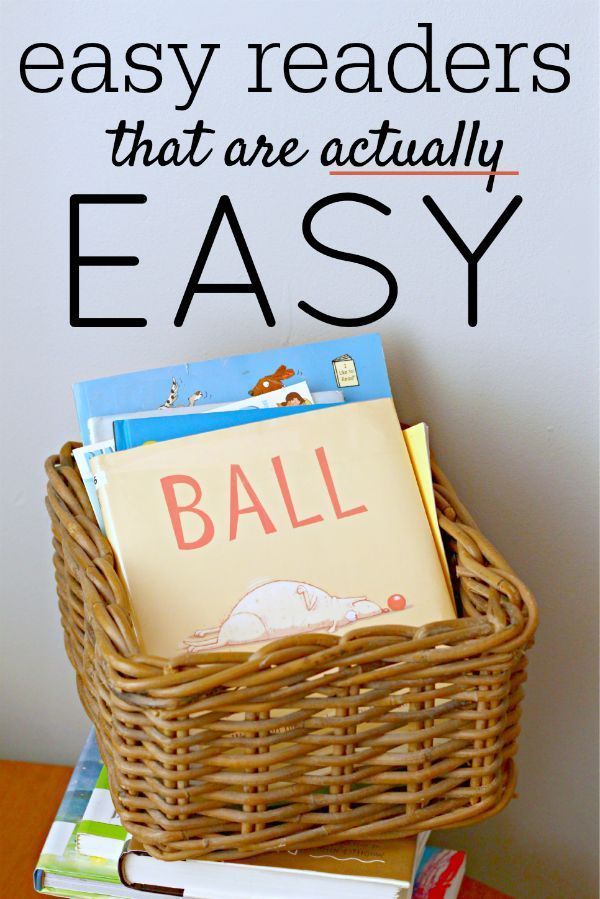
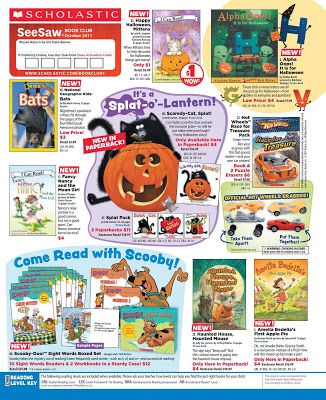 There is suggestive
evidence that incentives do not promote additional reading in the long term. The
AR research literature does nothing to change these conclusions.
There is suggestive
evidence that incentives do not promote additional reading in the long term. The
AR research literature does nothing to change these conclusions. 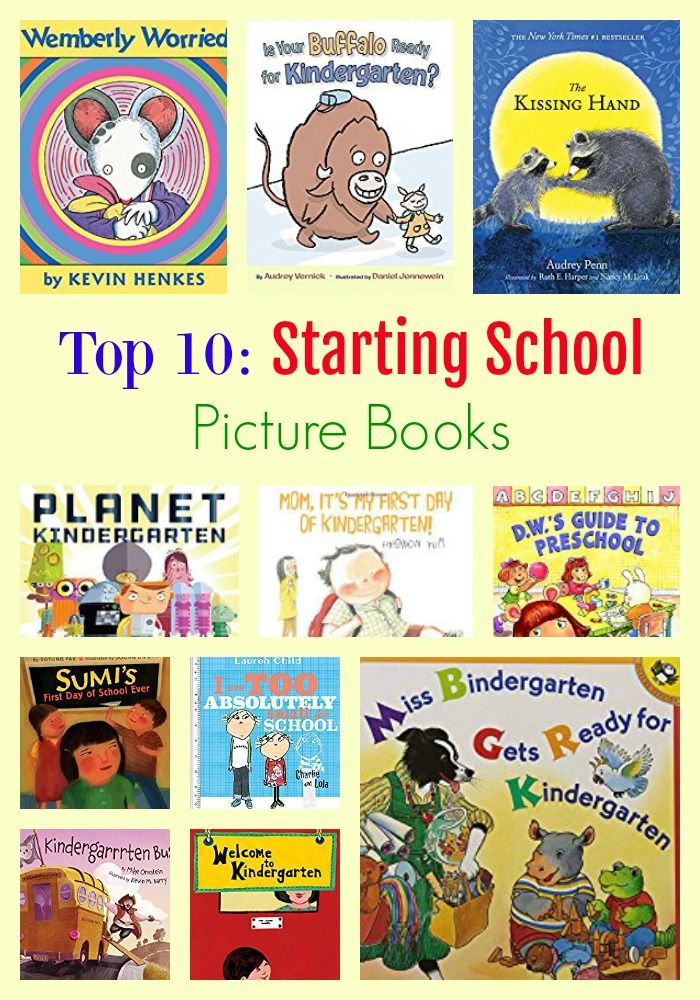 Graph the number of sentences vs. the number of syllables to
obtain the grade level.
Graph the number of sentences vs. the number of syllables to
obtain the grade level.
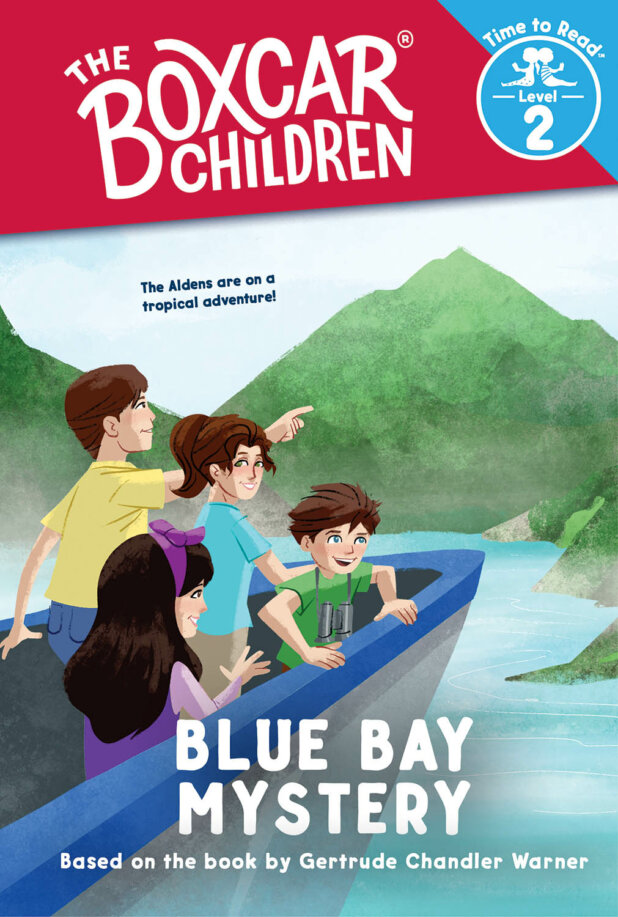
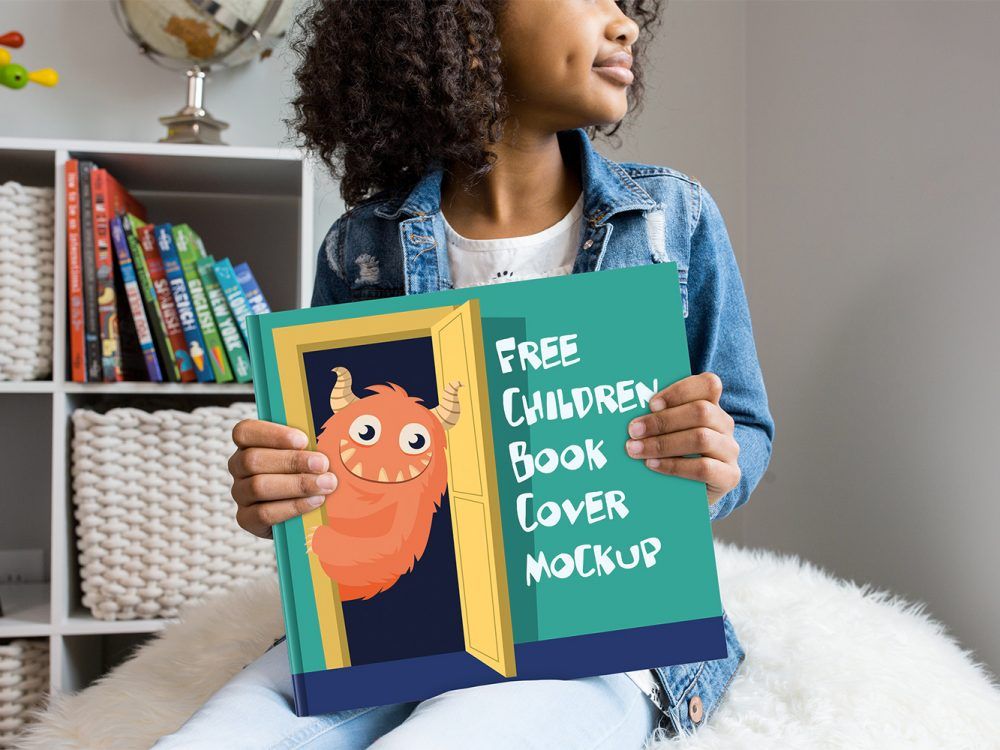
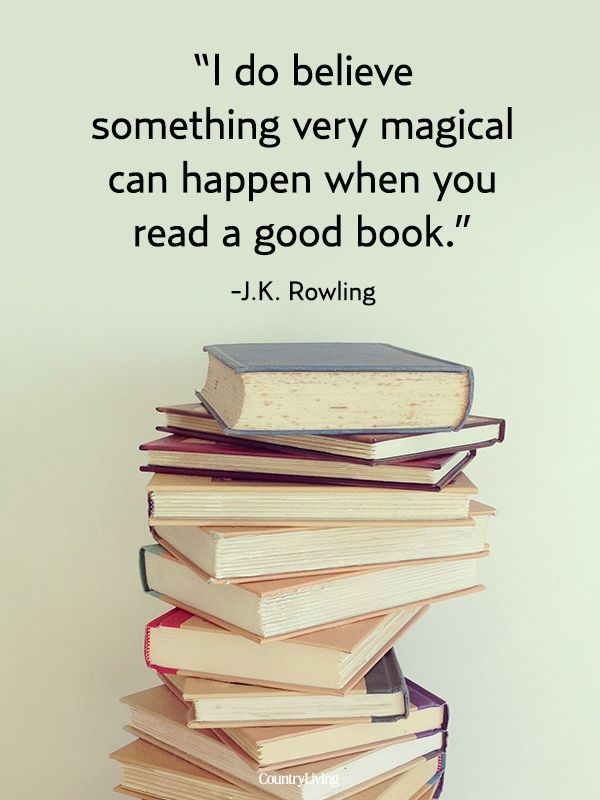

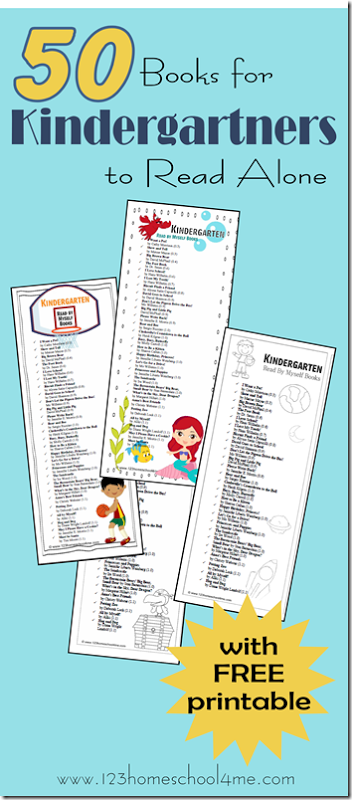 The Fountas & Pinnell Benchmark comes
in two levels: grades K-2 (levels A-N) and grades 3-8 (levels L-Z). The
assessment is directly correlated to the instructional material in The Continuum
of Literacy Learning. Using the Fountas & Pinnell Benchmark requires extensive
professional development, as the child is measured on a variety of skills
including instructional and independent reading abilities, plus "emphasis on
thinking about the author's craft."
The Fountas & Pinnell Benchmark comes
in two levels: grades K-2 (levels A-N) and grades 3-8 (levels L-Z). The
assessment is directly correlated to the instructional material in The Continuum
of Literacy Learning. Using the Fountas & Pinnell Benchmark requires extensive
professional development, as the child is measured on a variety of skills
including instructional and independent reading abilities, plus "emphasis on
thinking about the author's craft."
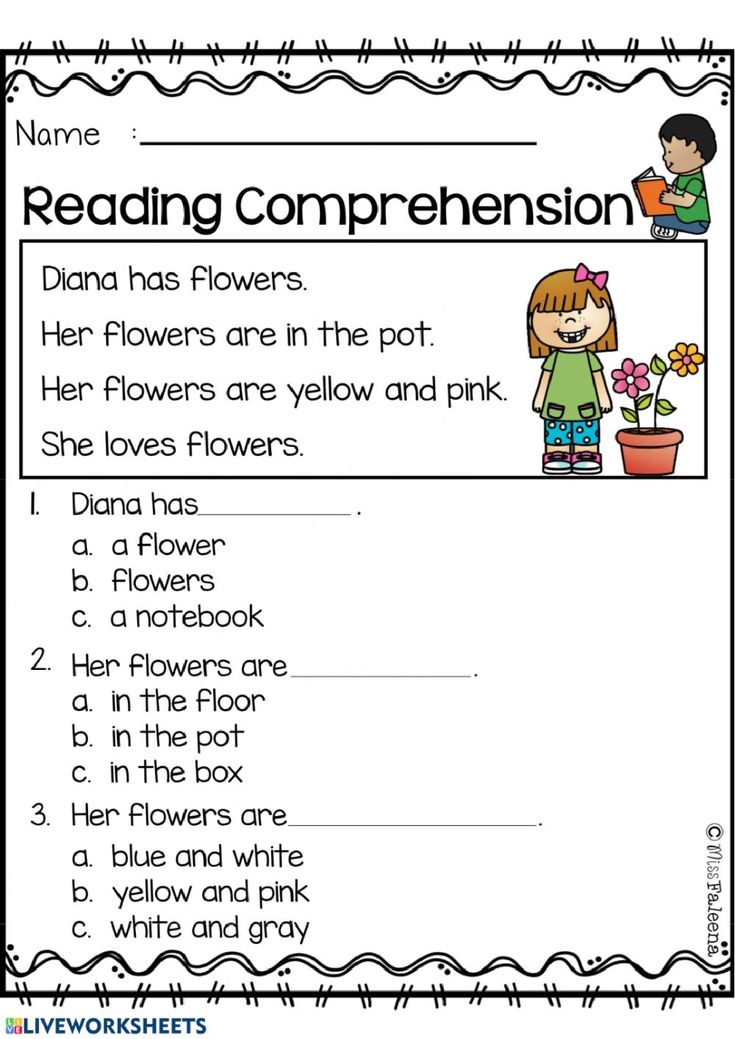 Click demo for some interesting
results...
Click demo for some interesting
results... 11 "Atlas of remote professions": new prospects for remote employment in Russia
11 "Atlas of remote professions": new prospects for remote employment in Russia 